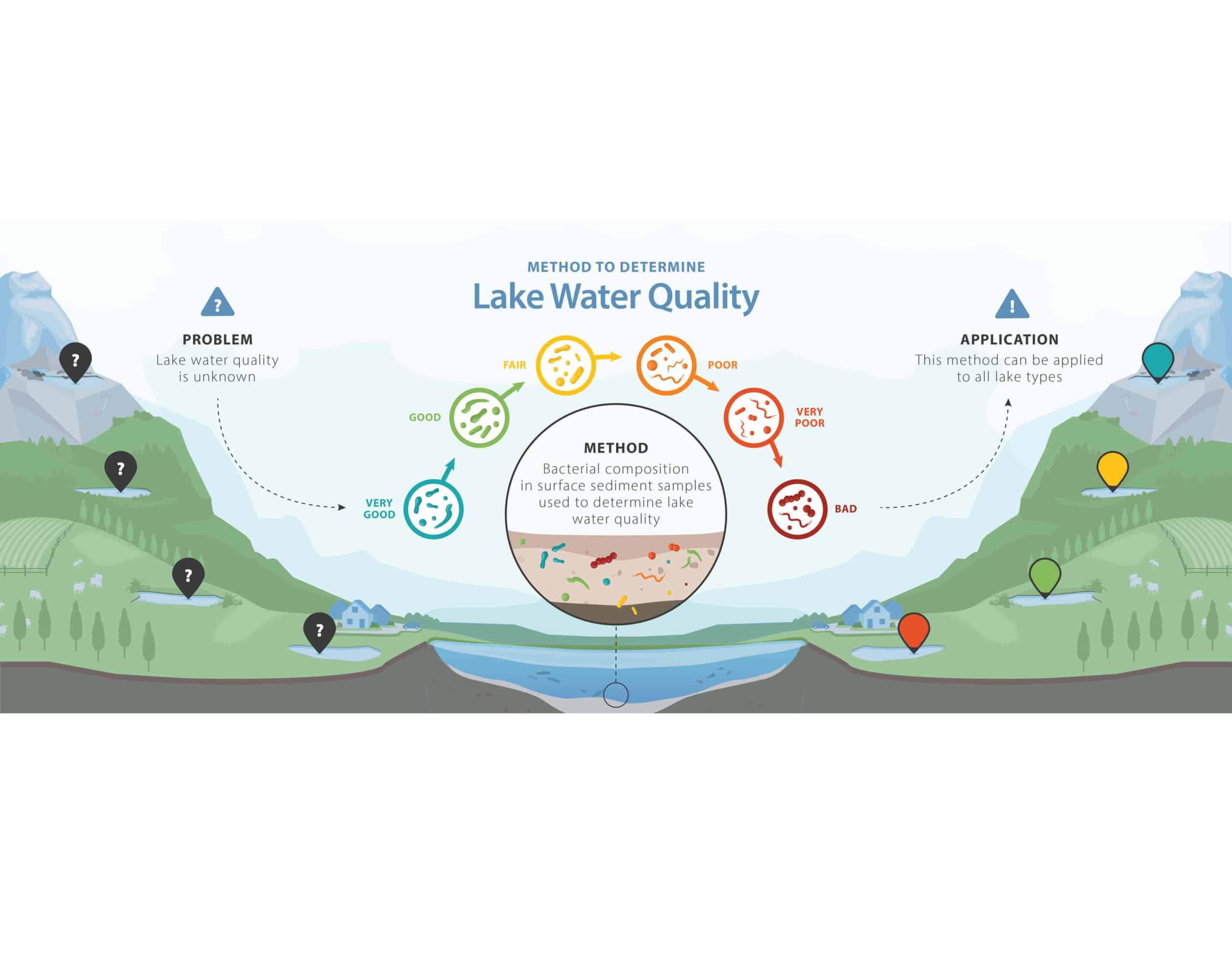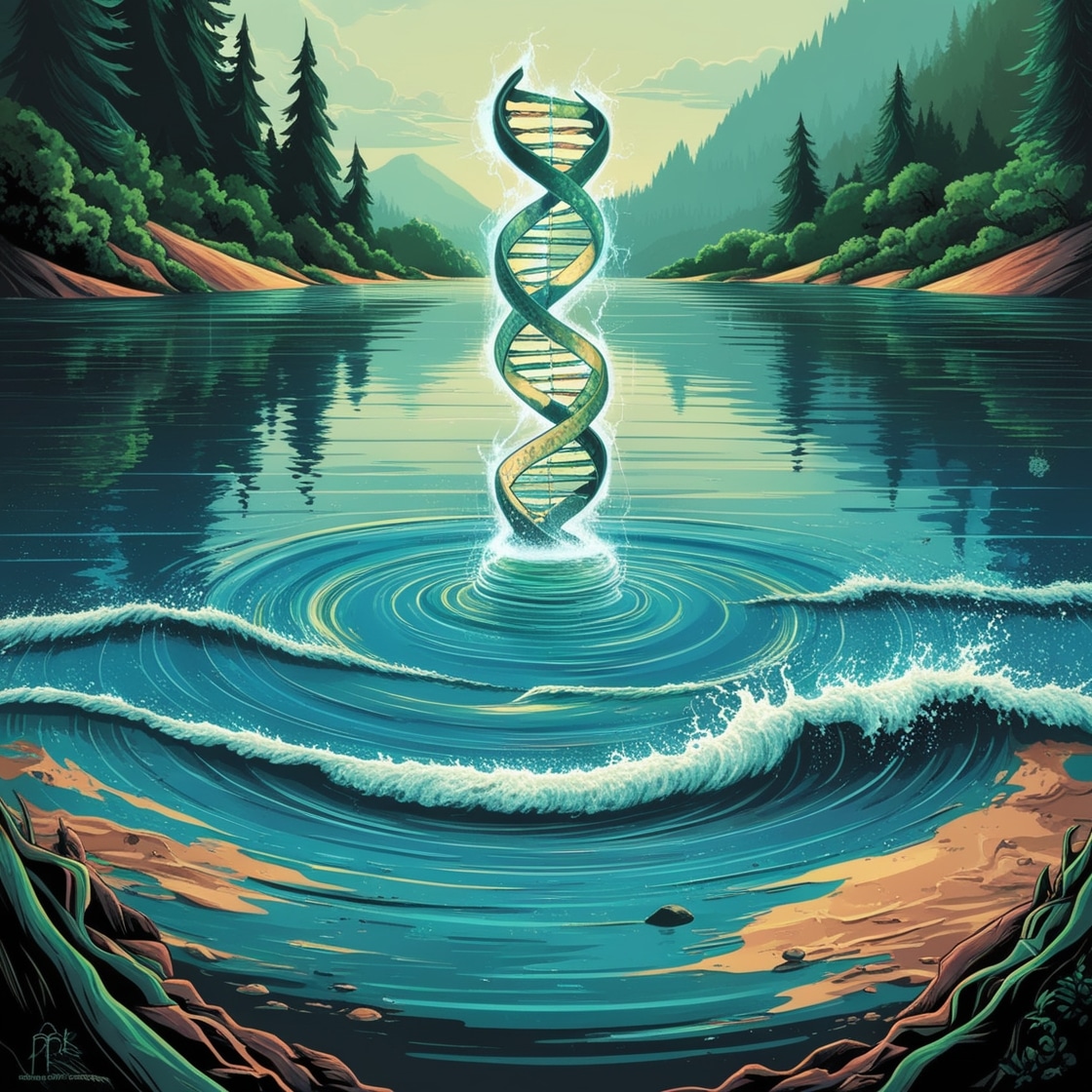John K. Pearman, Susanna A. Wood, Marcus J. Vandergoes, Javier Atalah, Sean Waters, Janet Adamson, Georgia Thomson-Laing, Lucy Thompson, Jamie D. Howarth, David P. Hamilton, Xavier Pochon, Laura Biessy, Katie A. Brasell, Jenny Dahl, Riki Ellison, Sean J. Fitzsimons, Henry Gard, Tania Gerrard, Rose Gregersen, McKayla Holloway, Xun Li, David J. Kelly, Reece Martin, Kiely McFarlane, Nicholas P. McKay, Adelaine Moody, Chris M. Moy, Sebastian Naeher, Rewi Newnham, Russleigh Parai, Maïlys Picard, Jonathan Puddick, Andrew B.H. Rees, Lizette Reyes, Marc Schallenberg, Claire Shepherd, Julia Short, Kevin S. Simon, Konstanze Steiner, Charlotte Šunde, Marianna Terezow, John Tibby,
A bacterial index to estimate lake trophic level: National scale validation,
Science of The Total Environment,
Volume 812, 2022, 152385, ISSN 0048-9697,
https://doi.org/10.1016/j.scitotenv.2021.152385
Abstract
Lakes and their catchments have been subjected to centuries to millennia of exploitation by humans. Efficient monitoring methods are required to promote proactive protection and management. Traditional monitoring is time consuming and expensive, which limits the number of lakes monitored. Lake surface sediments provide a temporally integrated representation of environmental conditions and contain high microbial biomass. Based on these attributes, we hypothesized that bacteria associated with lake trophic states could be identified and used to develop an index that would not be confounded by non-nutrient stressor gradients. Metabarcoding (16S rRNA gene) was used to assess bacterial communities present in surface sediments from 259 non-saline lakes in New Zealand encompassing a range of trophic states from alpine microtrophic lakes to lowland hypertrophic lakes. A subset of lakes (n = 96) with monitoring data was used to identify indicator amplicon sequence variants (ASVs) associated with different trophic states. A total of 10,888 indicator taxa were identified and used to develop a Sediment Bacterial Trophic Index (SBTI), which signficantly correlated (r2 = 0.842, P < 0.001) with the Trophic Lake Index. The SBTI was then derived for the remaining 163 lakes, providing new knowledge of the trophic state of these unmonitored lakes. This new, robust DNA-based tool provides a rapid and cost-effective method that will allow a greater number of lakes to be monitored and more effectively managed in New Zealand and globally. The SBTI could also be applied in a paleolimnological context to investigate changes in trophic status over centuries to millennia.




